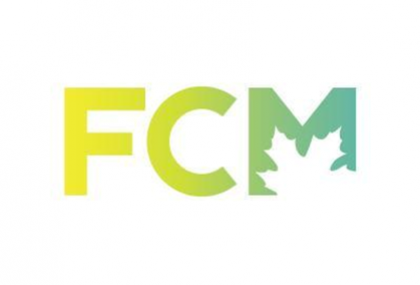
The Federation of Canadian Municipalities (FCM) has found a key to catalyze innovation at the local level: the best way to encourage innovation is to ‘de-risk’ it.
A local response for the implementation of the Sustainable Development Goals
Canada’s core mechanism for ‘de-risking’ municipal innovation is the Green Municipal Fund (GMF), a $500 million revolving loan fund managed by FCM on behalf of Government of Canada. Its mandate is to improve air, water and soil quality and protect the climate, through placing a premium on encouraging innovation and supporting replication of innovative practices in these fields. This work does not only advance the sustainability aspirations of local communities, but it also develops a local response to the new Sustainable Development Goals. FCM wants other countries to benefit from Canada’s GMF model, which is why it shares this formula for encouraging innovative, sustainable, local economic development.
4 key mechanisms for success
GMF uses four key mechanisms to reduce risk and encourage innovation: inspiring new possibilities; enhancing connections and dialogue between innovators; sustaining partnership between national and local governments; and providing financial incentives.
GMF inspires new possibilities by sharing stories of success from other innovative communities through a range of activities from conferences to our awards program. Local governments can look at communities of similar size or with similar contexts and use these communities’ experiences to benefit their own community. The Partners for Climate Protection Program (PCP) connects over 280 municipalities working on local climate change action. PCP is a prime example of GMF leveraging the power of connections and peer to peer knowledge transfer to enable innovation. The GMF also provides $11 million in grants and $50 million in loans to innovative municipal plans, feasibility studies, pilot projects and capital projects. The GMF is governed by a Council equally composed of federal government representatives, elected municipal officials, and private and non-governmental representatives.
Sustainable economic and environmental results
This model works because it generates environmental and local economic benefits as well as social value for citizens. The program has supported over a thousand communities for a total project value of $3.8 billion. These initiatives are either plans or studies that enable sustainable and innovative spending of other funds, or they are capital projects that generate impacts directly. Since inception, 119 completed capital projects have reduced over 371 thousand tonnes of GHG emissions per year, treated over 159 million m3 of wastewater, recovered land for reuse, diverted waste from landfill and conserved potable water. The economic impacts for Canada have included $576 million in gross GDP, 7,200 new jobs and $330 million in increased household income.
By: Shannon Joseph, Senior Manager, Research and Development, FCM.
